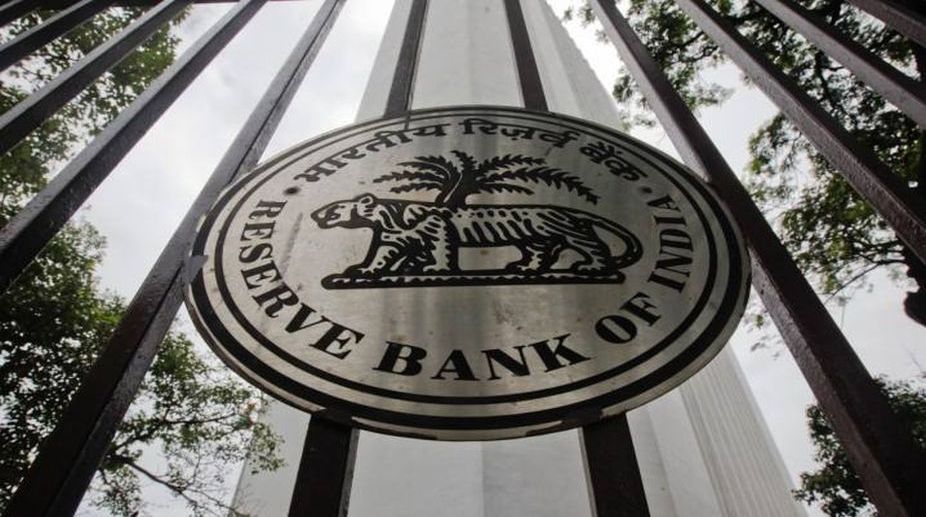Shaktikanta Das hospitalised, RBI says ‘no cause for concern’
The Reserve Bank of India (RBI) Governor Shaktikanta Das was hospitalised here earlier in the day with a minor health issue. The Central Bank said that “there is no cause for concern”.

RBI (Photo: Facebook)
The Reserve Bank of India (RBI) has initiated “prompt corrective action” (PCA) measures against state-run lender Bank of India in the view of its high non-performing assets (NPAs).
According to a BSE filing, the RBI placed the lender under PCA on Tuesday, consequent to the onsite inspection under the risk-based supervision model carried out for the year ended March 2017.
“This is in view of high net NPA, insufficient CET1 Capital and negative ROA (return on asset) for two consequent years,” the lender said in the filing on Wednesday.
Advertisement
“This action will contribute to the overall improvement in risk management, asset quality, profitability, the efficiency of the bank.”
Last week, PCA was initiated against state-run lender Corporation Bank.
Earlier, PCA was enforced on Bank of Maharashtra, Central Bank of India, IDBI Bank, Indian Overseas Bank, UCO Bank and Dena Bank.
In April, the RBI said that capital, asset quality and profitability would be the basis for the PCA framework on which the banks would be monitored and has defined three kinds of risk thresholds.
In a notification issued then, the RBI said mandatory action to be taken when a bank breaches the risk threshold includes a restriction on dividend payment, remittance of profits, restriction on branch expansion, higher provisions, restriction on management compensation and director’s fees.
“The PCA framework would apply without exception to all banks operating in India, including small banks and foreign banks operating through branches or subsidiaries based on breach of risk thresholds of identified indicators,” the RBI had said.
In addition, the RBI can ask the banks to prepare a time-bound plan and commitment for reduction of NPAs; restrict or reduce credit expansion for borrowers below certain rating grades or unrated borrowers, unsecured exposures, loan, the concentration of loans in identified sectors or borrowers.
Advertisement